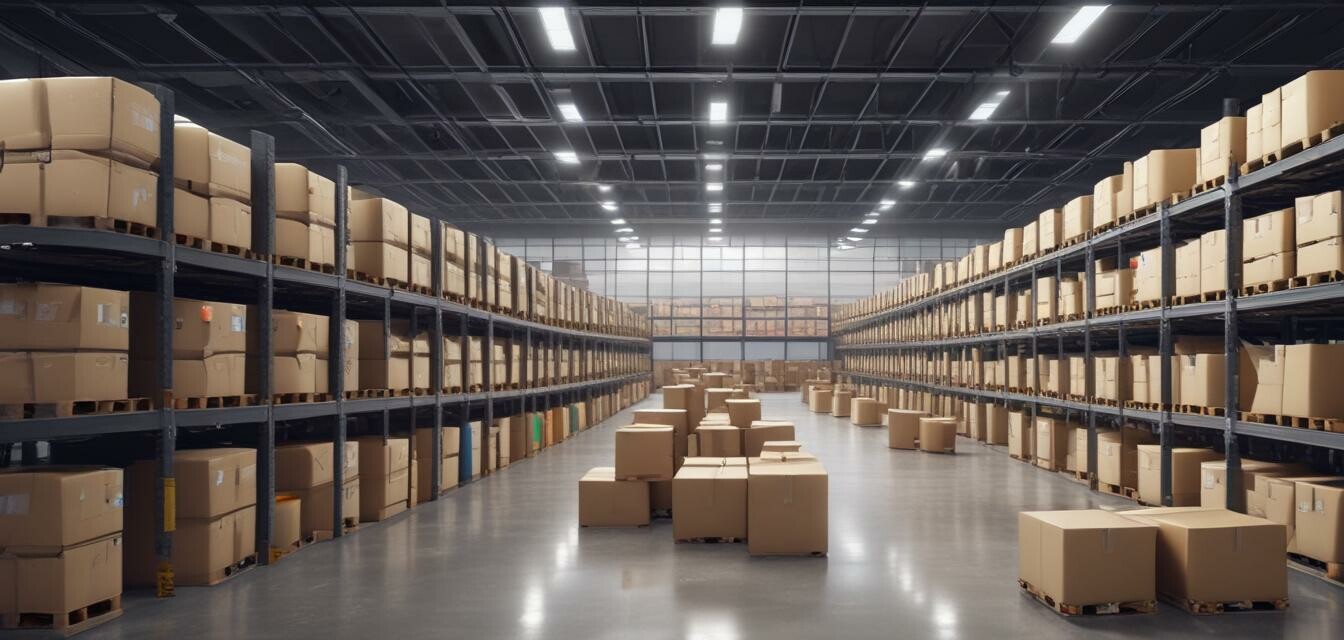
Navigating the Challenges of eCommerce Logistics in 2024
Key Takeaways
- Logistics in eCommerce is facing new challenges due to evolving consumer expectations.
- Technological advancements are essential for adapting to these changes.
- Collaboration with logistics partners can enhance operational efficiency.
- Understanding sustainability will play a significant role in logistics strategy.
As the eCommerce landscape continues to evolve, logistics remains a critical component that can make or break a business. In 2024, companies are not only expected to deliver products swiftly but must also adapt to the ever-changing market demands. This article explores the current challenges faced in eCommerce logistics and presents practical strategies for overcoming them.
Understanding eCommerce Logistics Challenges
The logistics sector of eCommerce is grappling with numerous challenges that hinder its efficiency. Below is a summary table of key challenges that eCommerce businesses may face:
| Challenge | Description |
|---|---|
| Rising Consumer Expectations | Online shoppers now expect faster delivery times and real-time tracking of their orders. |
| Supply Chain Disruptions | Global events and unpredictable situations can cause significant delays in shipment and delivery. |
| Increased Operational Costs | Fuel prices and labor costs are on the rise, impacting overall logistics expenditures. |
| Sustainability Concerns | Consumers are pushing for more environmentally friendly delivery options, necessitating changes in logistics operations. |
| Technology Integration | Implementing the latest technologies can be daunting and costly, but it's necessary for modern logistics. |
Strategies to Overcome Logistics Challenges
To navigate these challenges successfully, businesses can implement various strategies aimed at refining their logistics operations:
- Enhance Supply Chain Transparency
- Utilize technology to provide real-time updates on shipment status.
- Build stronger relationships with suppliers for better coordination and communication.
- Optimize Delivery Processes
- Consider implementing route optimization software to reduce delivery times.
- Explore multiple delivery partners to maintain flexibility and speed in services.
- Invest in Sustainable Practices
- Introduce eco-friendly packaging and reduce waste in shipping processes.
- Research and adopt greener transportation methods to appeal to environmentally-conscious customers.
- Leverage Data Analytics
- Use analytics to predict demand and adjust inventory accordingly.
- Analyze delivery performance metrics to identify improvement areas.
- Implement Advanced Technology
- Consider automation in warehousing for faster order processing.
- Utilize AI and machine learning for predictive logistics and demand forecasting.
Emerging Trends in eCommerce Logistics
As we step into 2024, several trends are gaining momentum in the eCommerce logistics sphere. Understanding these trends can give businesses a competitive edge:
- Last-Mile Delivery Innovation: Companies are exploring drones and autonomous vehicles for faster and more efficient last-mile delivery.
- Blockchain Technology: Implementing blockchain in logistics enhances traceability and security of shipments.
- Omnichannel Fulfillment: Integrating multiple sales channels can improve stock management and accelerate delivery speeds.
- Cloud-Based Solutions: Businesses are shifting towards cloud logistics for better scalability and integration of operations.
Conclusion
Navigating the challenges of eCommerce logistics requires proactive measures, adaptability, and a keen understanding of emerging trends. By implementing the strategies discussed above, businesses can build resilient logistics systems that not only meet the demands of today's consumers but also prepare them for the future. For more insights on enhancing your eCommerce strategy, visit our eCommerce Strategies section.
Pros
- Improved customer satisfaction through fast and transparent delivery.
- Lower shipping costs with optimized logistics processes.
- Increased competitiveness by adopting innovative technology and practices.
Cons
- Initial investment costs for technology upgrades can be high.
- Resistance to change from traditional logistics practices can hinder progress.
- Continuous adaptation might be necessary due to evolving market trends.
As the eCommerce landscape continues to transform, it's crucial for businesses to stay informed and adaptable. For more updates on the latest news and trends in the industry, check our News and Trends category.
